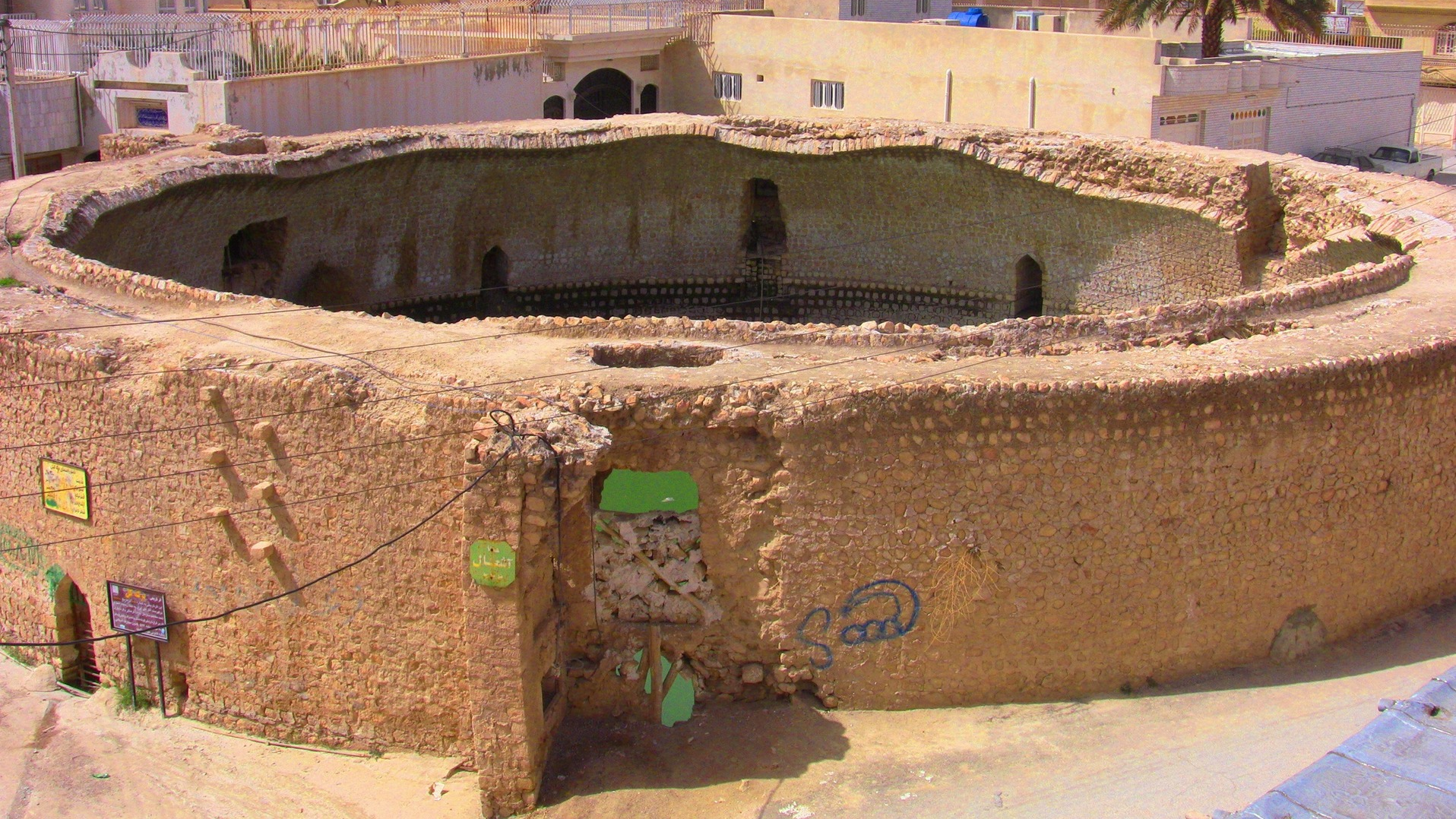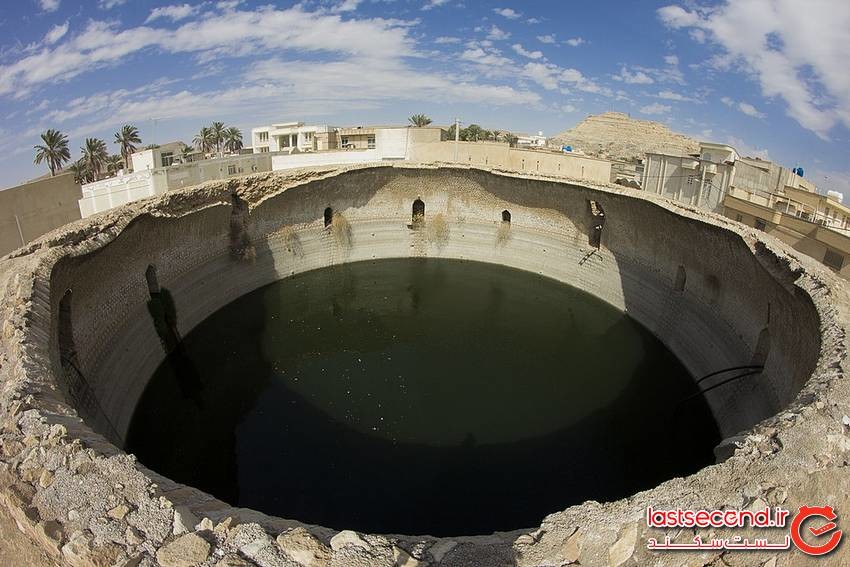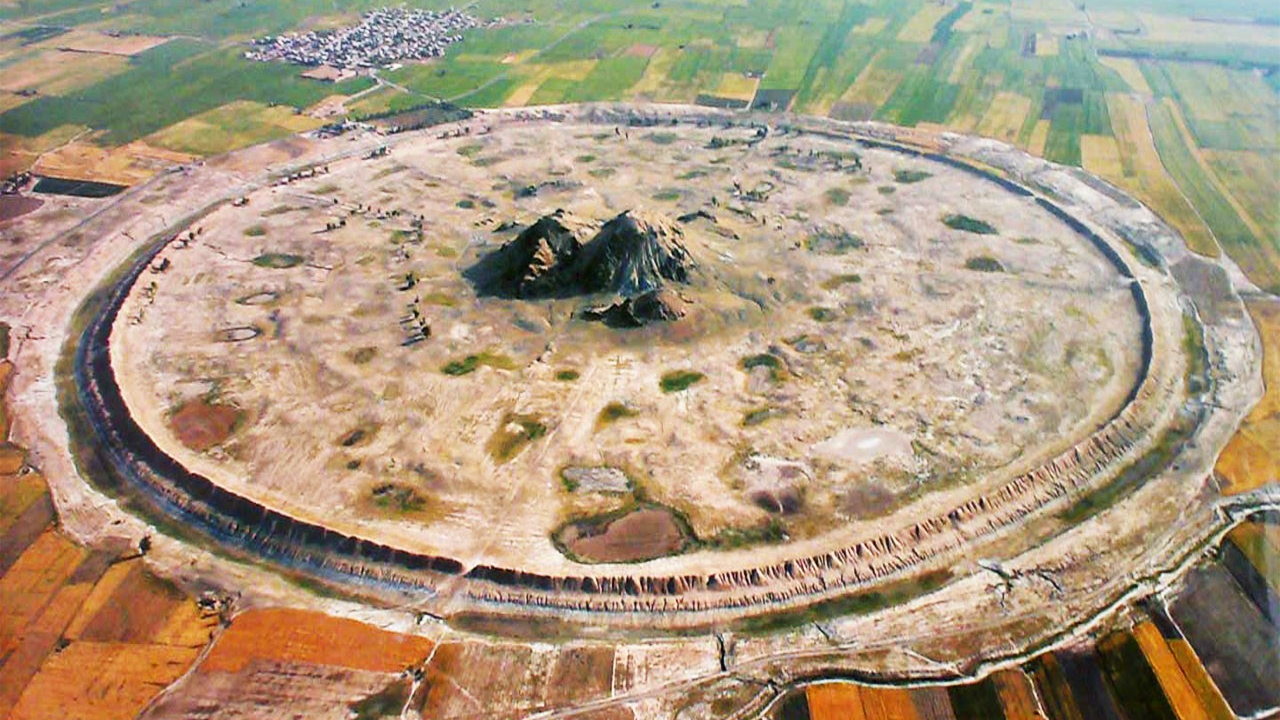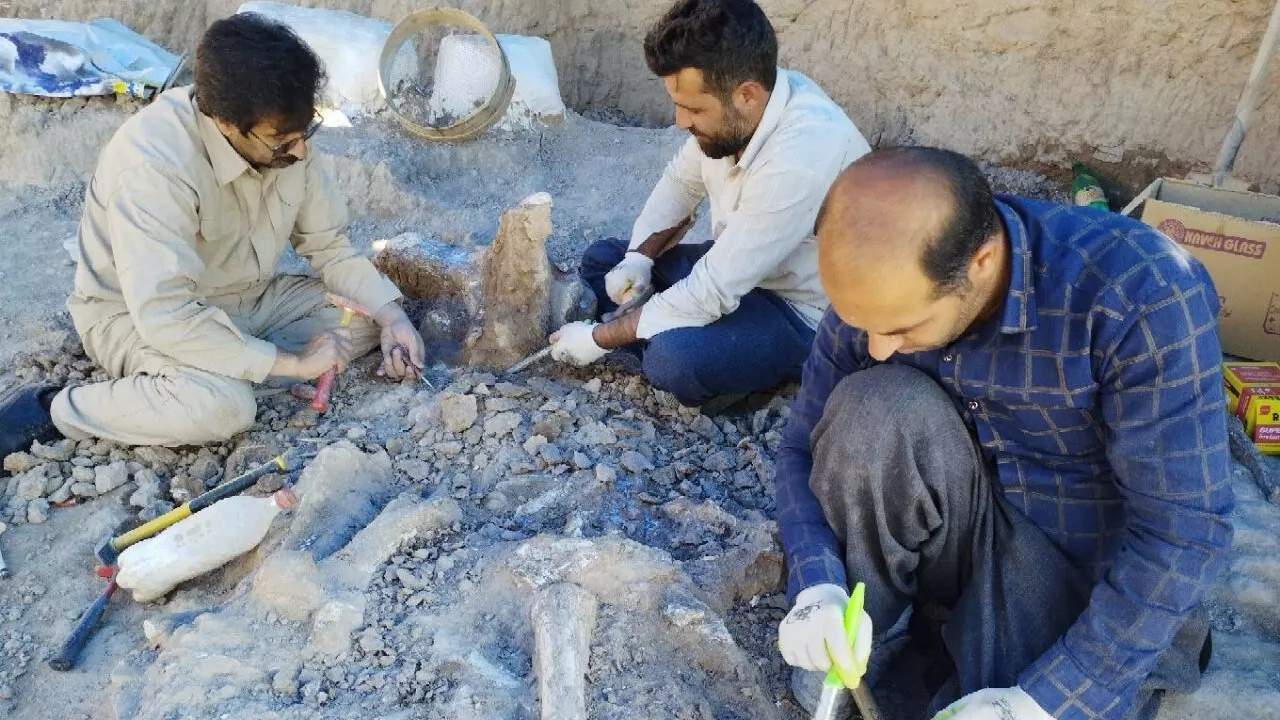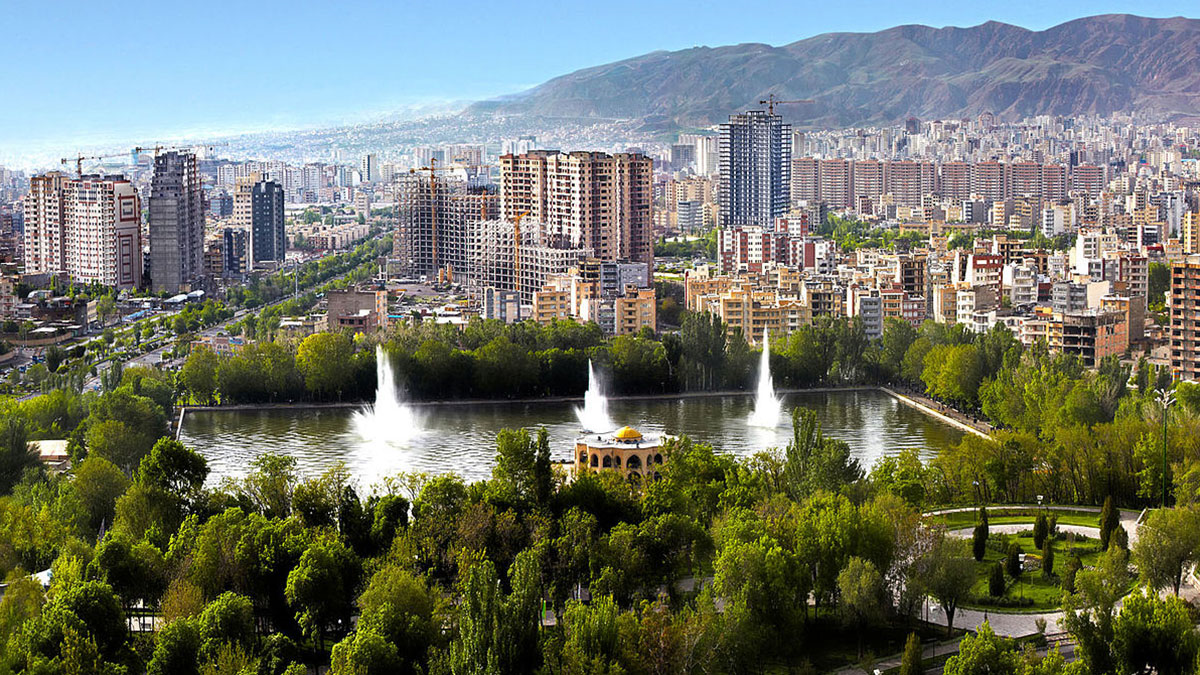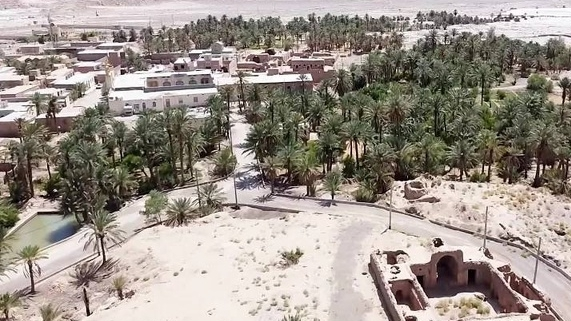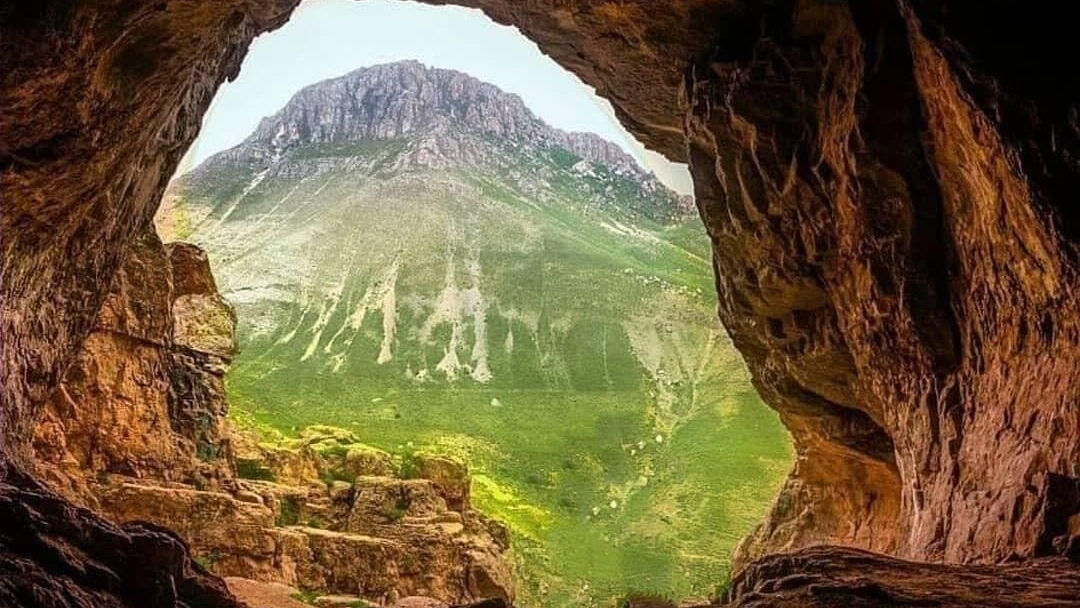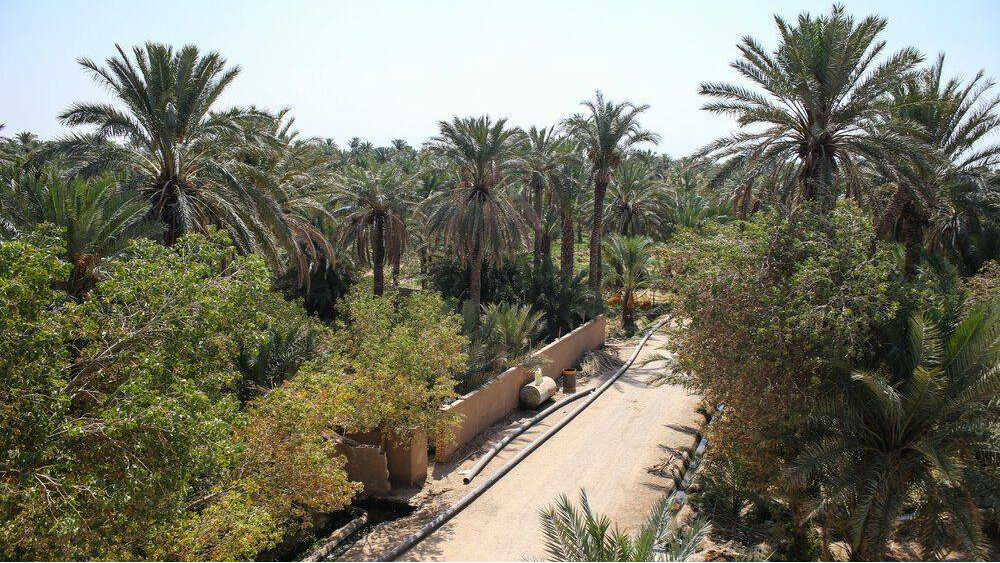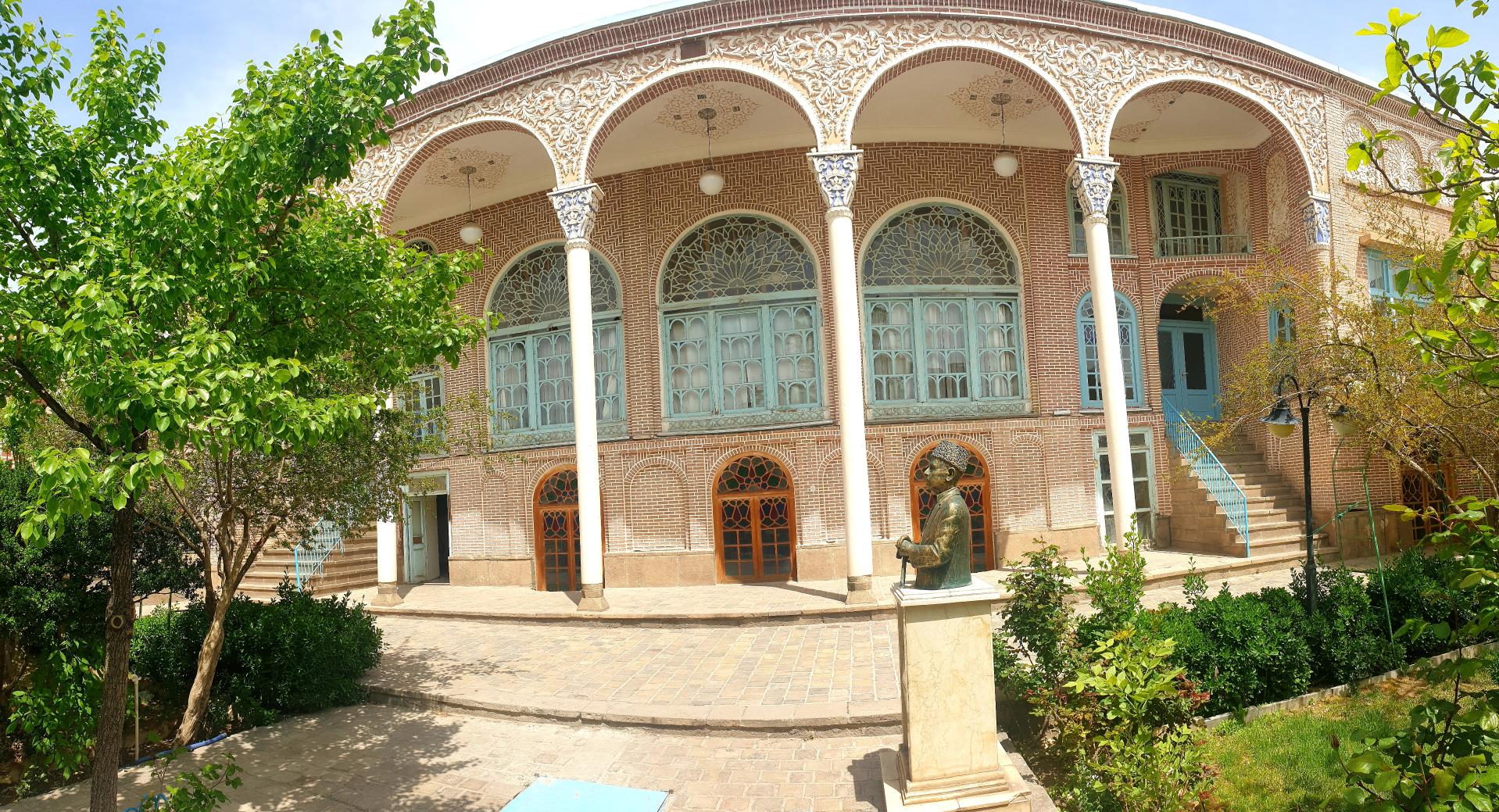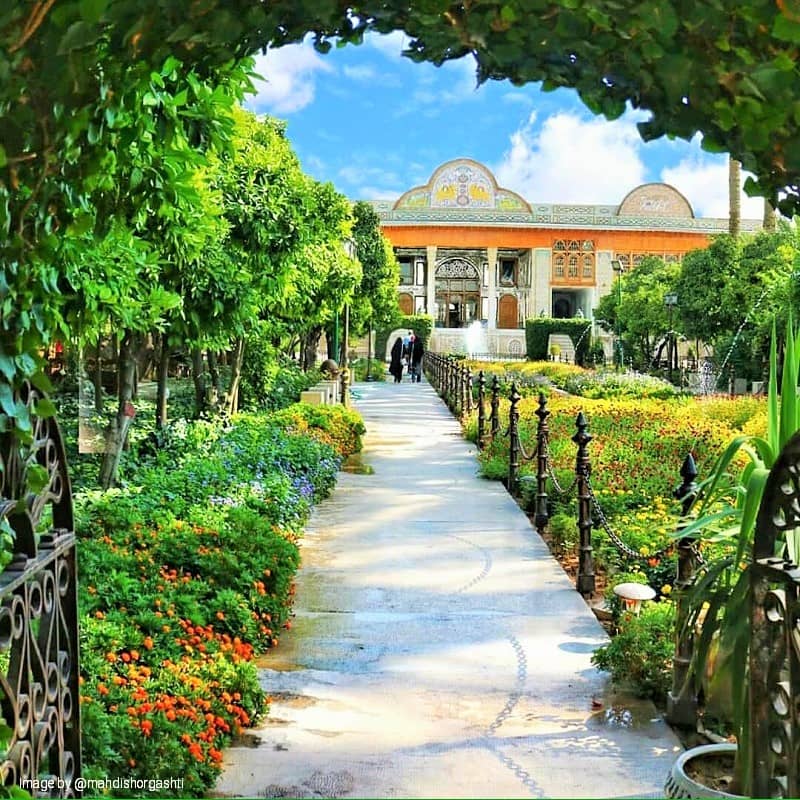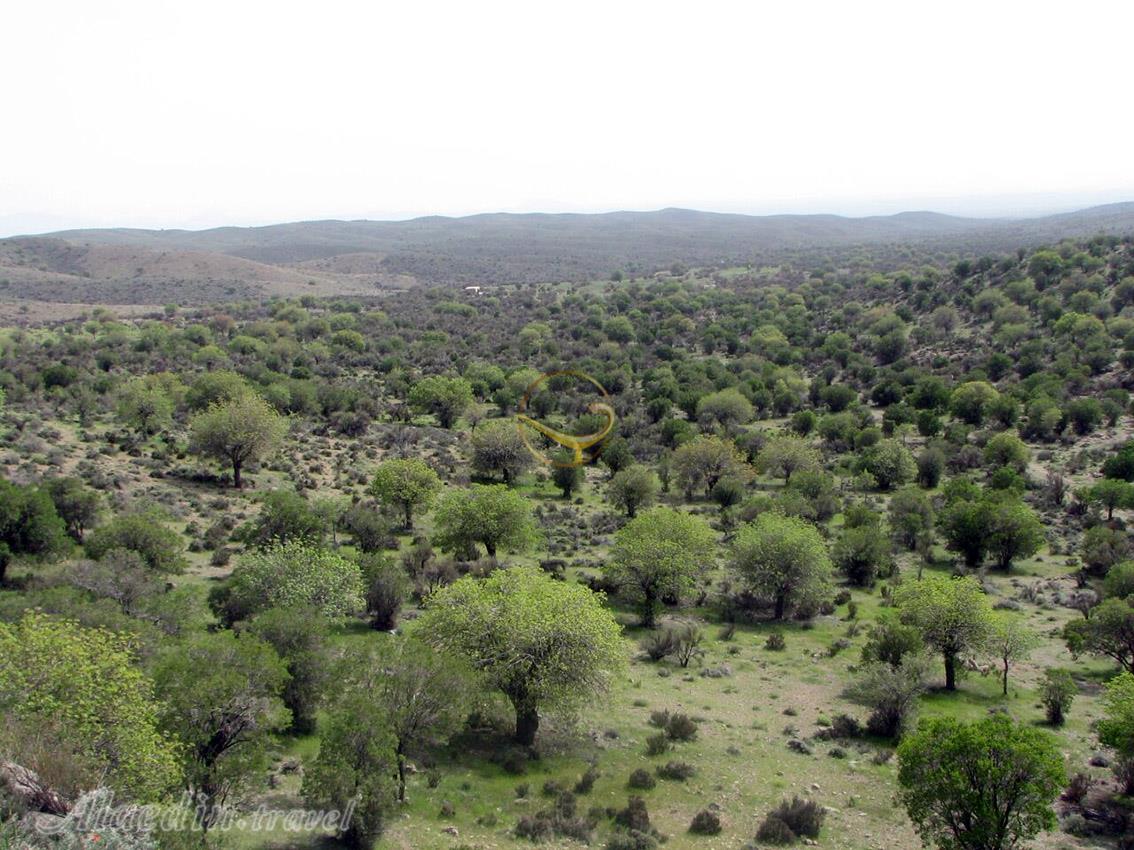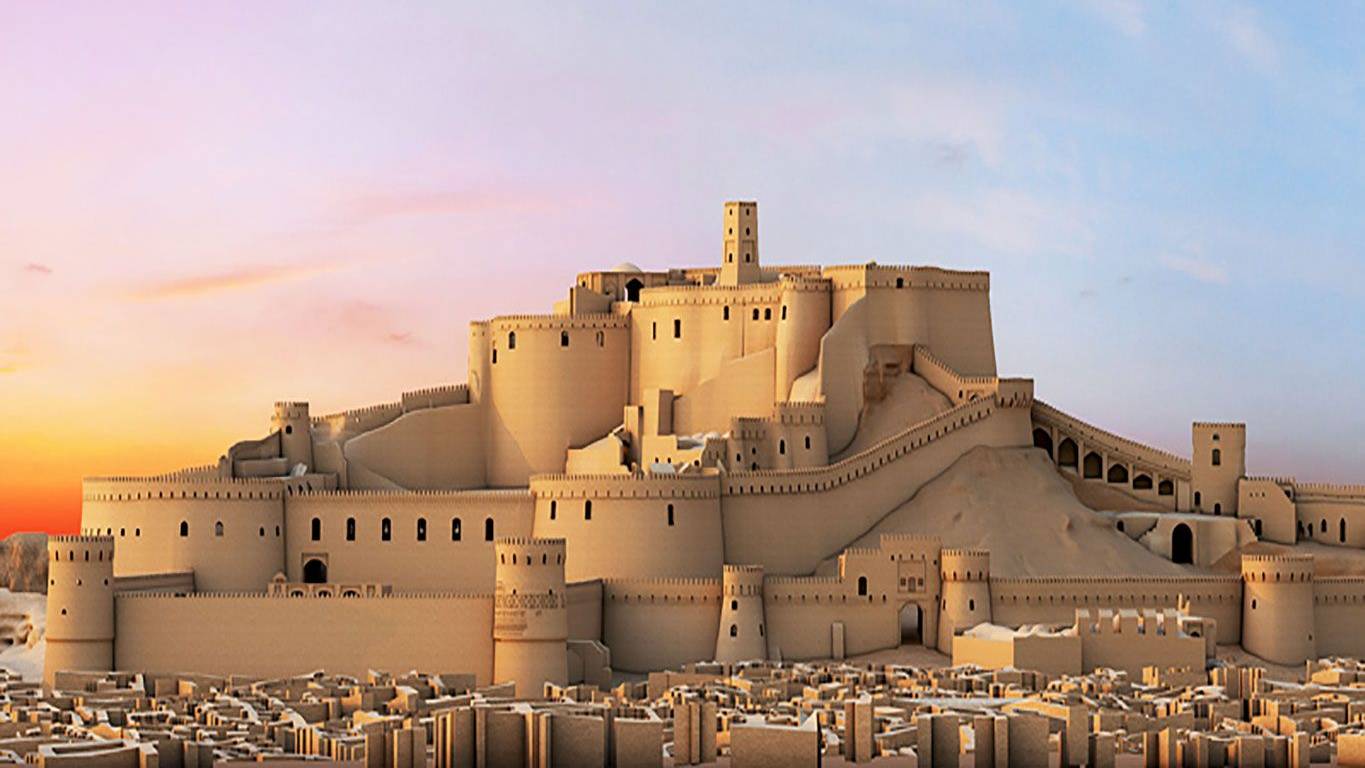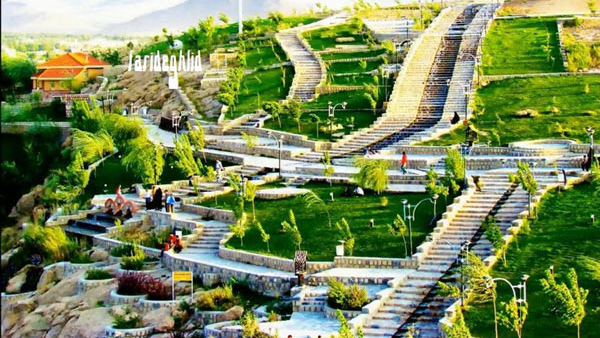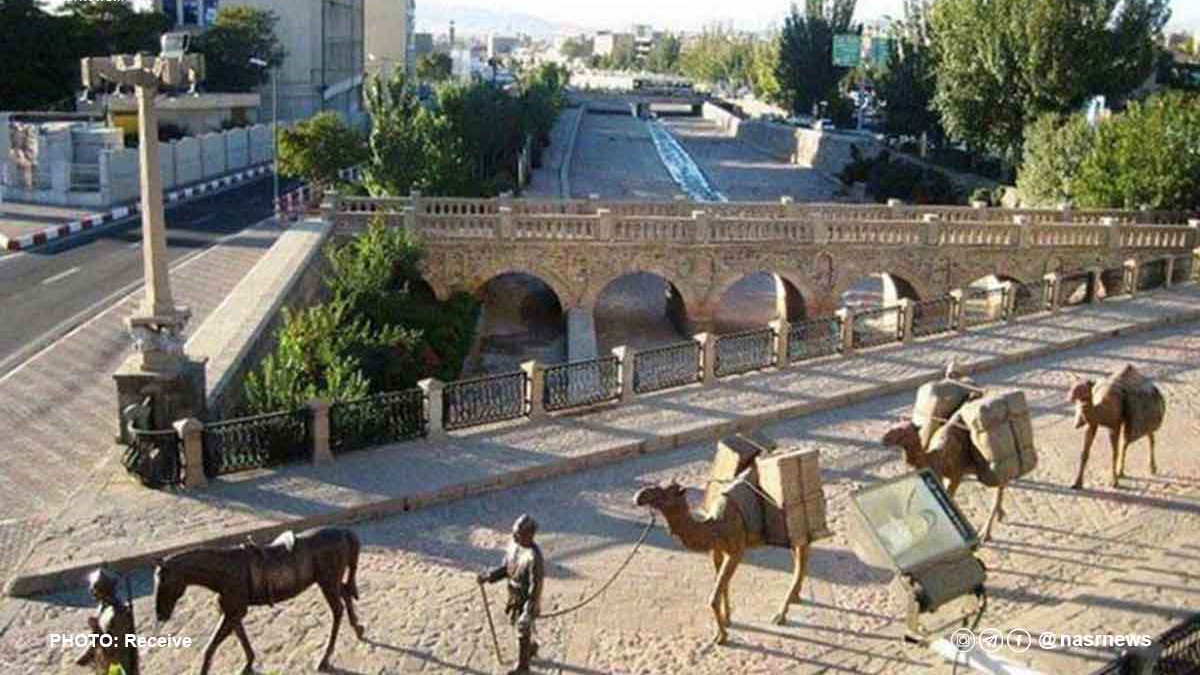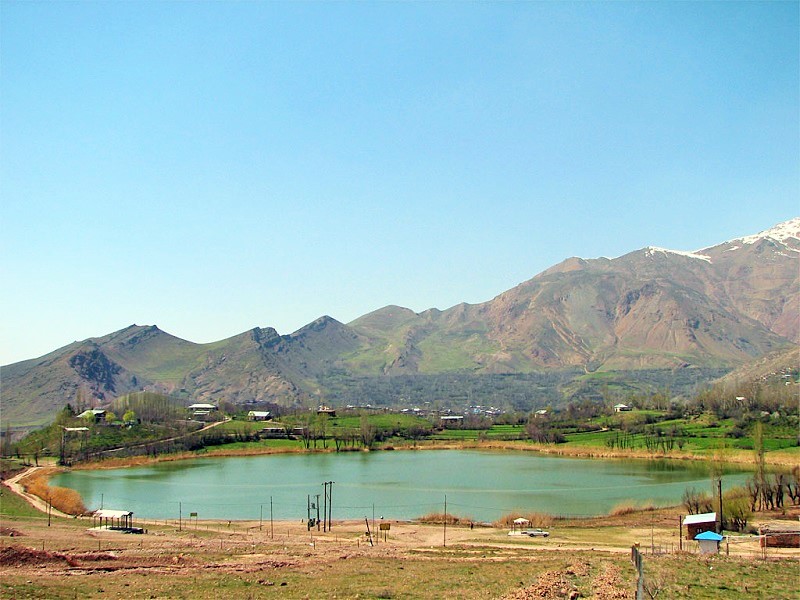
Kal Pond; the Largest Reservoir of Iran
Reservoirs, usually called Aananbar or Berkeh in Persian were built to store water at a height lower than the ground level. In low-water and desert areas, the reservoir was filled with rainwater or seasonal streams in order to use its water in the low-rainy seasons. There are many reservoirs in Iran, and their construction is related to the history of digging the aqueduct. In all probability, the largest reservoir built in Iran is the Kol Pond of Gerash, which is located in the southwest of this city.
Features of the Kal Pond
The construction of Kal Pond, also called Ganj al-Bahr, dates back to the Qajar era (18th century). This reservoir is located on the path of the Tangab seasonal river and it has been built in a place where it can be filled with water in rainy seasons and protected from sunlight and water evaporation in hot seasons. Even today, when many waterways leading to the pond have been destroyed due to the surrounding constructions, the pond gets filled with rainwater.
This pond was built by “Haj Asadollah”, a philanthropist of Gerash, who also built another reservoir near this pond, which is known today as “Asadollah Reservoir”. Although there is no inscription in Kal Pond and the exact date of its construction is not known, it can be attributed to the Qajar period because both reservoirs were built by the same person. Asadollah Reservoir, which was completed in 1869, is the second largest in Gerash.
Nomenclature
Since in the local dialect (Achomi) of Gerash “Kal” means “deaf”, some locals believe that this pond was given the name Kal because it does not have a ceiling and sounds do not get echoed in it. Some other locals, however, believe “Kal” means a hornless sheep and are of the opinion that the pond was given this name because of having no roof, denoting its incompleteness. Of course, in some old documents, the name of this reservoir is mentioned as “Ganj al-Bahr”.
Architecture
The overall shape of the pond is circular and its tank is cylindrical. The capacity of this reservoir is 13 million liters, which makes it one of the largest reservoirs in Iran. To keep this huge volume of water, its wall is made of two inner and outer layers the total thickness of which is three meters.
The inner diameter of the pond is 29 meters and its depth is 21 meters. The pond had a roof in the past, which is no more there. Various reasons have been mentioned for the collapse of this roof. While some people it was caused by the Lar earthquake in 1960, some old residents say that the roof had collapsed before this earthquake. There is also a document from 1958 in which this reservoir is mentioned as a large and roofless circular reservoir.
The reservoir has six conduits for surface water to flow in and six entry points to take water. The entrances have been paved with carved stones. The height and width of the conduits are 220 cm and 75 cm respectively. A staircase stretched from under one of the entrances to the bottom of the reservoir, which made access to the bottom of the pond possible. A major part of this staircase has eroded over time. These materials included stone, plaster, and mortar, and all the stones used for the purpose were precisely cut and stacked in an orderly manner.
This historical site was inscribed on the list of Iran’s national heritage in the year 2001.
Since in the local dialect (Achomi) of Gerash “Kal” means “deaf”, some locals believe that this pond was given the name Kal because it does not have a ceiling and sounds do not get echoed in it.
| Name | Kal Pond; the Largest Reservoir of Iran |
| Country | Iran |
| State | Fars |
| City | Gerash |
| Type | Historical |
| Registration | National |

Choose blindless
Red blindless Green blindless Blue blindless Red hard to see Green hard to see Blue hard to see Monochrome Special MonochromeFont size change:
Change word spacing:
Change line height:
Change mouse type:
